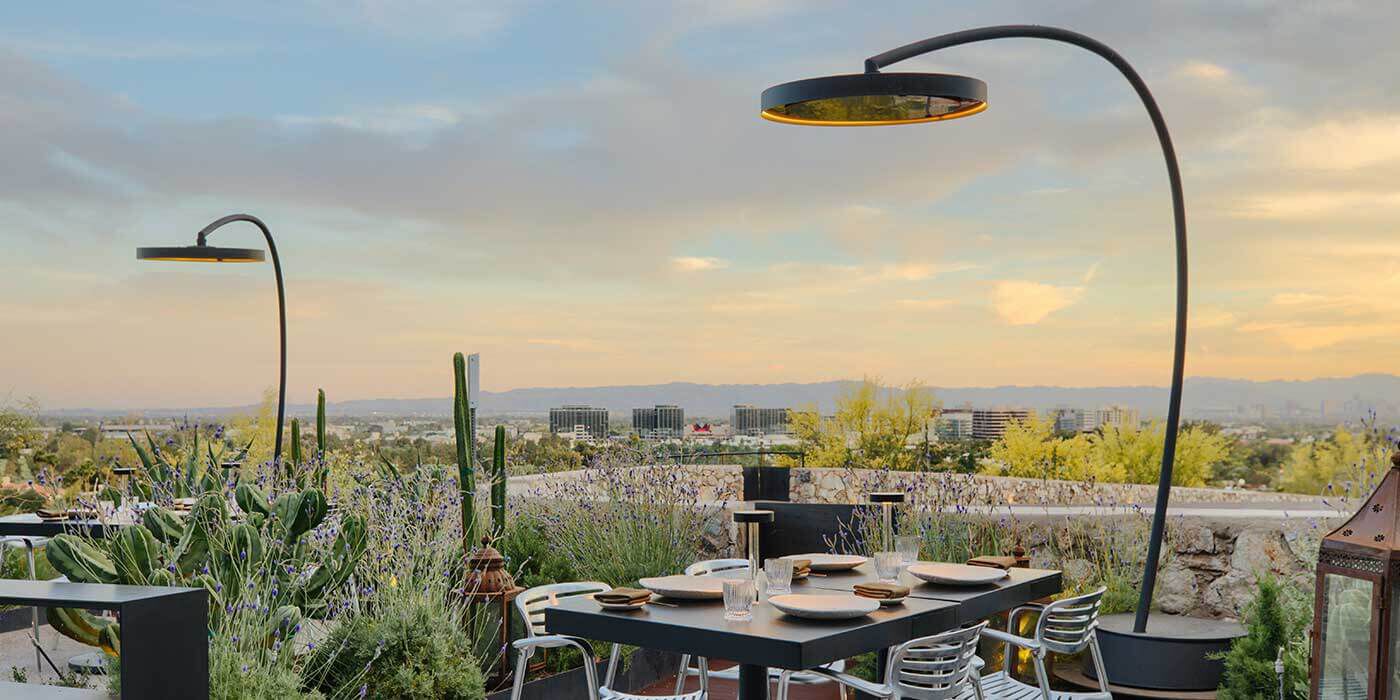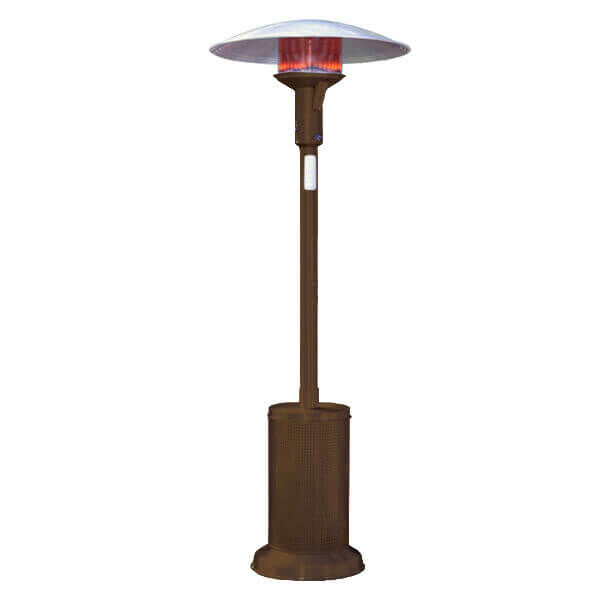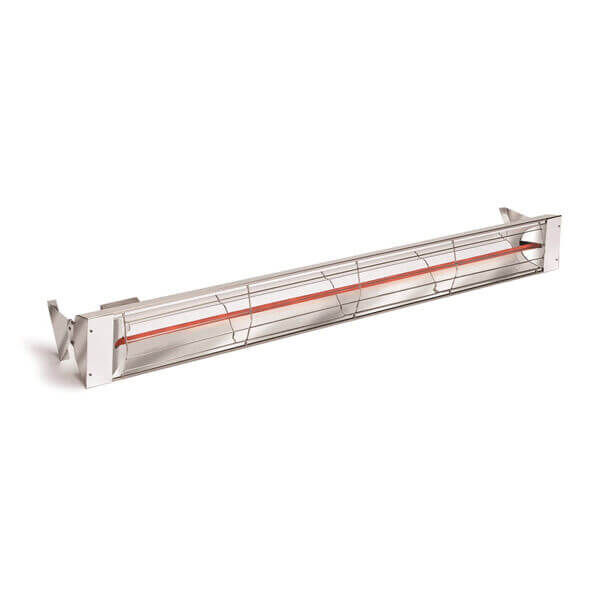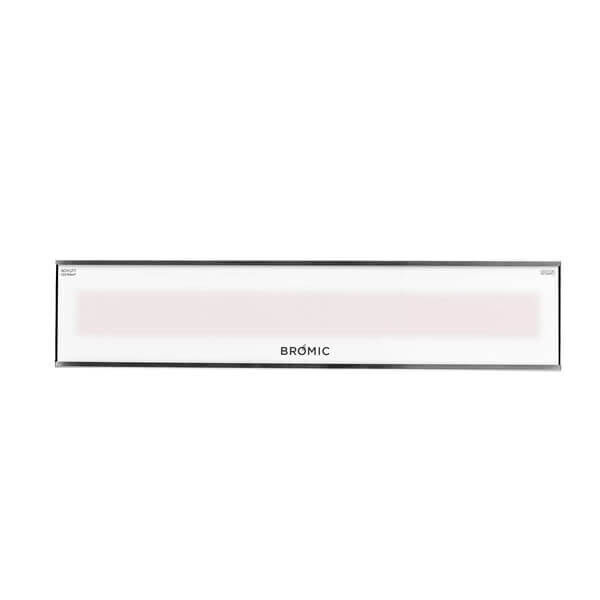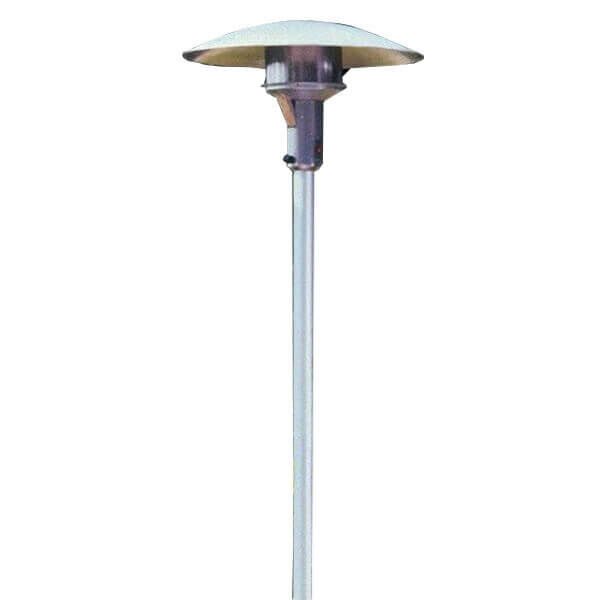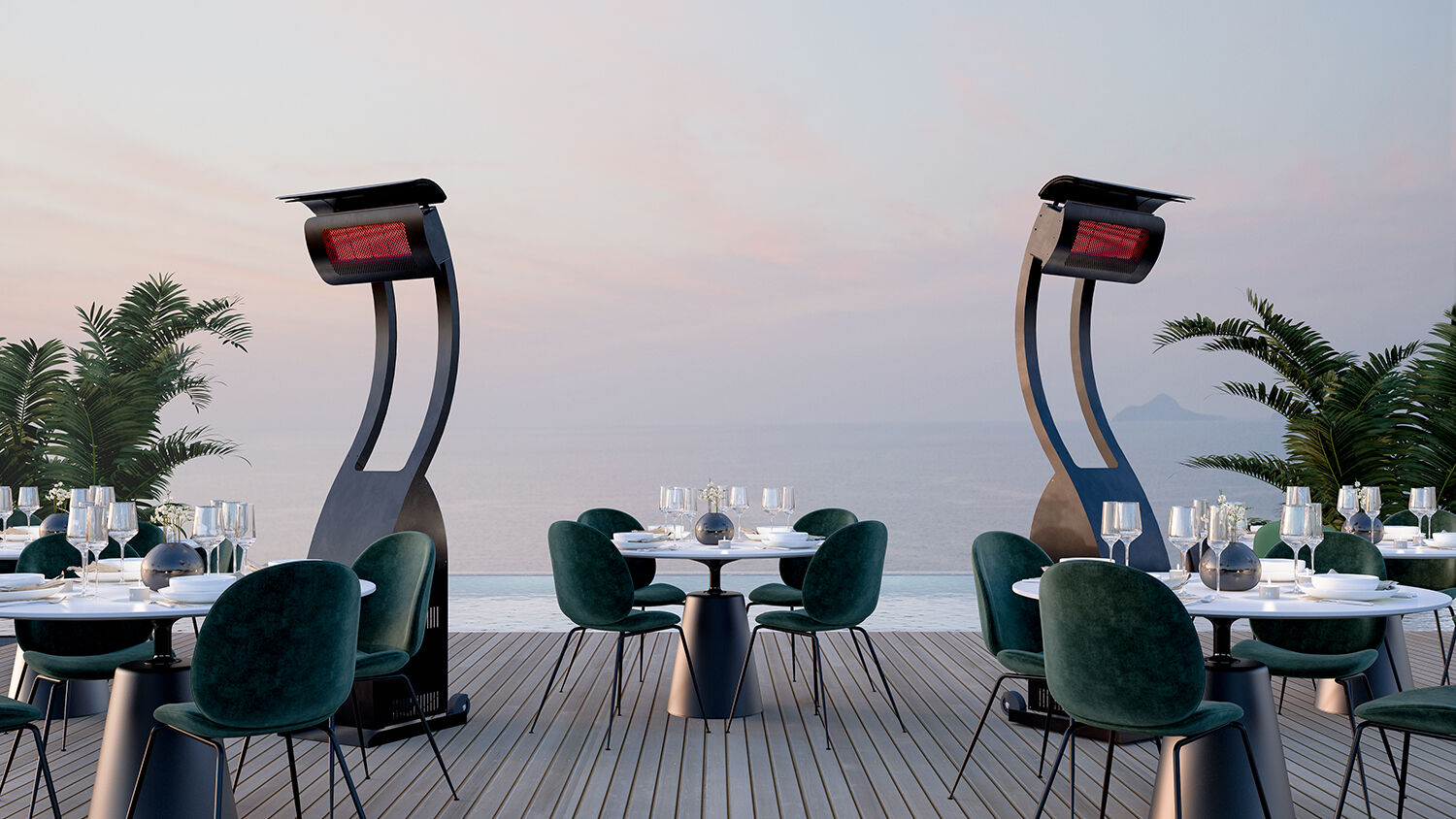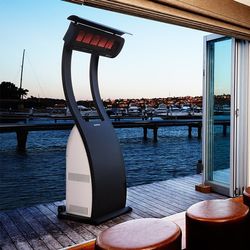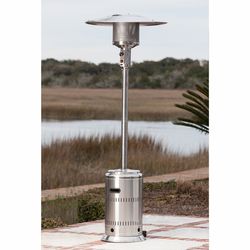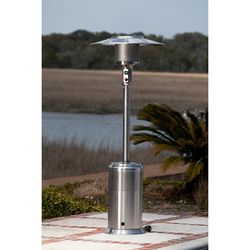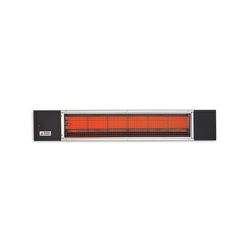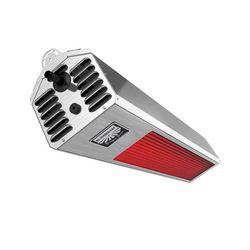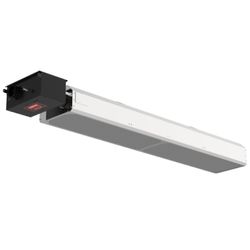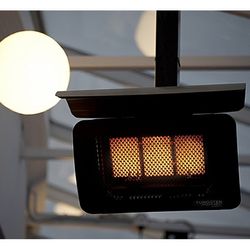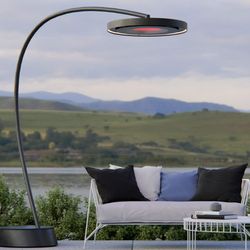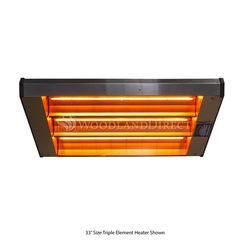By: Nick Janco, NFI Certified Master Hearth Professional
Last Updated: October 14, 2024
If you’re looking for an easy way to keep your patio open throughout the cooler months, consider adding an outdoor heater.
Patio heaters are available in a variety of styles to fit every outdoor living space. Some heaters can also be installed inside, offering a solution for covered porches and sunrooms.
Explore your options with this comprehensive guide and check out our most recommended patio heaters to spark inspiration for your space.
What Are Patio Heaters?
Patio heaters use radiant heat to warm the objects around them. Since radiant heat is transferred directly to a person or object, the warmth created won’t get carried away in the wind. This makes patio heaters extremely efficient at heating your space.
A perfect example of radiant heat transfer is the sun. Think of standing outside on a bright sunny day and letting the sun warm your skin or sitting on the ground and feeling the heat radiate up from the Earth.
The sun warms any solid object in its path; patio heaters function in the same way. Outdoor heaters usually come with a curved or dome-shaped metal reflector panel to reflect heat to the surrounding area.
What Styles Are Available?
There are four main styles of patio heaters —- freestanding, wall/ceiling mounted, flush-mount/recessed, and ground/post mount.
What Fuel Type Should You Use?
Patio heaters are available in two different fuel types, gas and electric.
Gas patio heaters can either be fueled by Propane or Natural Gas, while electric heaters only need an electrical connection.
Propane Patio Heaters
Portable Propane patio heaters use a standard, 20-lb. Propane tank as their fuel source and require very minimal installation.
Once the heater itself is assembled, simply attach a Propane tank to it, check for leaks, and turn it on.
Propane heaters give you the freedom to move the warmth wherever you need it most. The tank is conveniently housed inside the base of the heater, hiding it from view and allowing you to move the heater from place to place.
Mounted Propane patio heaters won't interrupt the flow of your outdoor room. They provide plenty of warmth, while staying out of the way.
Wall/ceiling mounted Propane patio heaters require a permanent gas line that connects to a large, residential or commercial Propane tank. The gas line must be installed by a licensed professional.
Pro Tip:
Gas patio heaters should not be used in enclosed spaces. Avoid using them in high-wind areas and never place them near combustible objects, like low-hanging trees or plants.
Shop Our Most Popular Propane Patio Heaters
Natural Gas Patio Heaters
Natural Gas patio heaters can either be ground-mounted or wall/ceiling-mounted. Since they're connected to a permanent gas line, you’ll never run out of fuel.
You’ll also have the freedom to install multiple heaters throughout your space to distribute the warmth evenly.
If you don’t have a Natural Gas line already, you'll need to hire a professional to install one.
While it costs more upfront, adding Natural Gas patio heaters are more affordable to operate over time and help you save money on Propane tank refills.
Shop Our Most Popular Natural Gas Patio Heaters
Electric Patio Heaters
Electric patio heaters don’t require ventilation, so they can be used in both indoor and outdoor spaces.
Electric heaters take a little longer to warm up than gas heaters, but they're easy to use, extremely efficient, and eco-friendly with zero carbon emissions.
User-friendly and simple to set up, electric patio heaters are available in freestanding and mountable styles. You can also find flush-mounted designs that blend seamlessly with your outdoor decor.
Some electric heaters plug into a standard, 120-volt outlet, while others require higher voltage to produce more heat at once. For heaters that need higher voltage, you'll need to recruit an electrician to hardwire your heaters.
Shop Our Most Popular Electric Patio Heaters
Are Patio Heaters Safe?
Patio heaters are a great way to heat your outdoor space safely and effectively. They’re designed with special safety features, such as tilt shut-off valves that prevent fire hazards if your heater is knocked over.
For the safest experience, look for patio heaters that are UL-approved and CSA-tested. These models have undergone rigorous testing to verify that they are reliable and safe to use in your space.
Always consult your patio heater installation manual before choosing your final location. There must be adequate space between the heater and any combustible materials, like patio furniture.
If you purchase a freestanding patio heater, make sure it’s placed on a solid, stable surface. Never leave it unattended while running, especially if you live in an area with windy weather conditions.
How Much Heat Do You Need?
Patio heater warmth is measured in British Thermal Units (BTUs). The higher the BTU limit, the more warmth your heater will put out.
To determine how many BTUs of heat you need in your space, multiply the area’s square footage by 20. For example, if your space is 500 sq. ft., you’ll need a patio heater with a 10,000-BTU limit.
Quick Recap
- Patio heaters are great low-maintenance options to bring additional heat to your outdoor living space.
- They are safe and affordable alternatives to other outdoor fire products.
- A wide range of styles is available to fit every space and heating need.
- Electric patio heaters are the most efficient and can be installed in both indoor and outdoor settings.
We're Here to Help
Do you need some help finding the best patio heater for your space? Our NFI Certified experts can answer all your questions. Give us a call at 800.919.1904 and we'll assist you with your project from start to finish.
More Resources
Head over to our Patio Heater FAQ Page for more information on patio heaters.
Explore these 7 swoon-worthy outdoor spaces to get inspired to create your own!
Is it safe to use a fire pit under a covered patio? Here's what you need to know along with some safe alternatives to heat covered spaces.
 |
Nick Janco is a seasoned Technical Sales Representative with a decade of experience at Woodland Direct. As an NFI-Certified Master Hearth Professional, Nick is dedicated to helping his clients seamlessly integrate fire features into their homes, ensuring every detail is perfectly executed. While he's trained to assist with any fire-related project, Nick specializes in patio heaters. He's helped thousands of satisfied clients find the best heating solutions, offering valuable design, safety, and installation advice. Outside of work, Nick often spends time on the green enjoying a round of golf with his 5-year-old son. Call Nick or one of our experts in fire at 800.919.1904. |
